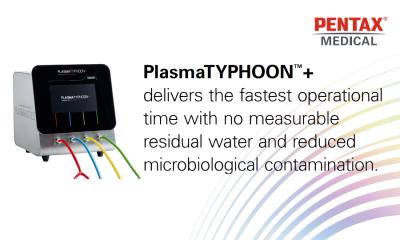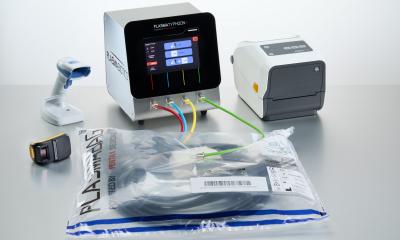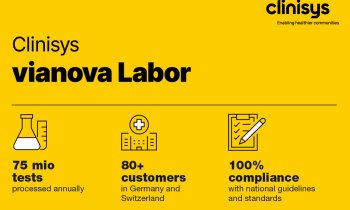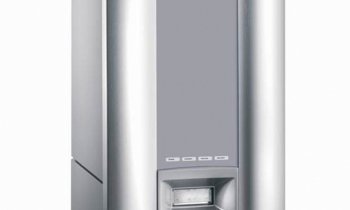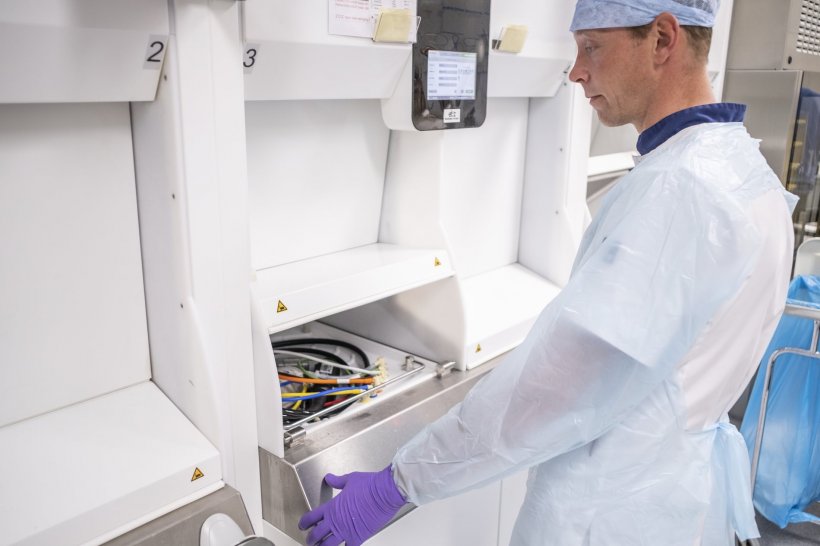
Source: Pentax Medical
Sponsored • Minimising infection risk
Drying in endoscope reprocessing: Essential to patient safety
In practice, the drying of the endoscope is often underestimated and therefore a possible pitfall for hygiene and reprocessing steps.
As the importance of endoscopic retrograde cholangio-pancreatography (ERCP) procedures and their impact on patients’ lives remains unwavering, the medical community is continuously looking for ways to improve this field of expertise. What better way to learn more about the importance of drying in endoscope reprocessing than to ask the expert! We interviewed Julia Kovaleva, MD, PhD, clinical microbiologist and clinical pathologist Department of Laboratory Medicine, AZ Rivierenland, Bornem, Belgium, about the risk of infection with flexible endoscopes. Here’s what she had to say.
Tell us, how are endoscopes reprocessed?
“Flexible endoscopes are reusable medical devices with multiple lumens and narrow channels. They may become heavily contaminated with microorganisms during use. Flexible endoscopes can be dried in automated endoscope reprocessors, manually with or without alcohol flushing known as forced air-drying (a possibility which is optional, in accordance with local regulations), or in drying or storage cabinets. Automated drying and storage cabinets have a drying system that circulates and forces the dry filtered air through the endoscope channels.”
Why is hygiene so important in endoscopy?
Microorganisms in biofilms are very resistant to antimicrobial agents and allows pathogens to survive under conditions of drying and chemical exposure
Julia Kovaleva
“During endoscopy, the environment provides optimal conditions for contamination and subsequent growth of biofilms. Biofilms are communities of microorganisms within extracellular polymeric material attached to different surfaces, including human tissues, medical devices, water supply systems, or endoscope channels. Development of a biofilm in endoscopes is probably associated with residual moisture in endoscope channels. This likely originates from water sources (endoscope disinfectors and insufficient dried endoscope channels) containing waterborne microorganisms. Microorganisms in biofilms are very resistant to antimicrobial agents and allows pathogens to survive under conditions of drying and chemical exposure.”
Why is drying an important reprocessing step?
“Drying the endoscope is crucial to the prevention of bacterial transmission and nosocomial infection. Flexible endoscopes should be dried after completion of the cleaning and disinfection process. If the endoscope is not to be reused immediately and is to be stored, the endoscope channels and outer surfaces should be dried thoroughly, in order to avoid microbial growth.”
Recommended article

Sponsored • Instruction for Use
Infection risk mitigation by simplified IFUs
Duodenoscopes have been long recognized to require precise execution of reprocessing instructions to properly clean and disinfect. According to Beilenhoff, et al. (2018), it is crucial to follow the manufacturer’s Instructions for Use (“IFU”) at all times to make sure the duodenoscopes are properly cleaned. Yet, IFUs are not always easy to follow.
What is your view on hygiene in endoscopy at the moment?
“Appropriate endoscope reprocessing including cleaning, disinfection or sterilization, drying and storage, is an essential part of patient safety and quality assurance in endoscopy. Growth of biofilms inside endoscope channels can result in failure of the reprocessing and is an important factor in the pathogenesis of endoscopy-related infections. Such events should be prevented by well-instructed personnel, well-functioning equipment for washing, disinfection, and drying, and observance of general hygiene guidelines in endoscopy centres.”
Do you see an increasing interest for hygiene?
“There is an increasing interest for hygiene and infection prevention regarding endoscopic procedures and endoscope reprocessing. Because of the severity and limited treatment options of infections caused by MDR Enterobacterales and Pseudomonas aeruginosa, considerable attention has been given to detection and prevention of these post-endoscopic outbreaks.”
In your opinion, what could be a solution for current drying challenges?
Exploring new techniques for endoscope drying and storage, such as plasma ultra-fast drying, could reduce current drying challenges
Julia Kovaleva
“Firstly, more investigations studying drying, microbial contamination, and biofilm development will be important to establish new solutions. Well-instructed personnel also play an important role in ensuring that we are using well-functioning equipment for drying, and observing general hygiene guidelines in endoscopy centres.
The implementation of microbiological surveillance during endoscope reprocessing is an additional solution. Finally, exploring new techniques for endoscope drying and storage, such as plasma ultra-fast drying, could reduce current drying challenges.”
You’re the expert, final remarks on the importance of drying in endoscope reprocessing?
“It is crucial to remember that drying and storage, in endoscopy reprocessing, are just as important for preventing against infection as cleaning and high-level disinfection. Accurate drying greatly reduces bacterial contamination of stored endoscopes.”
Source: Pentax Medical
18.11.2019



